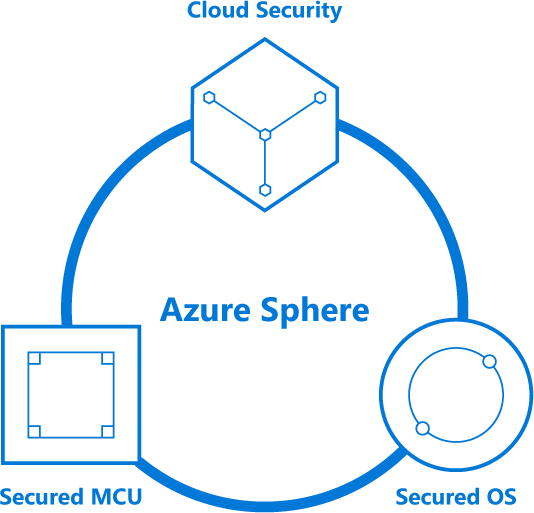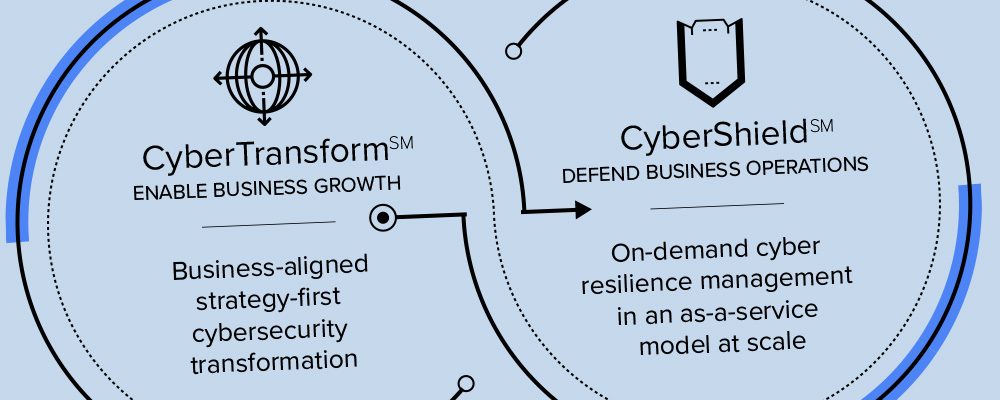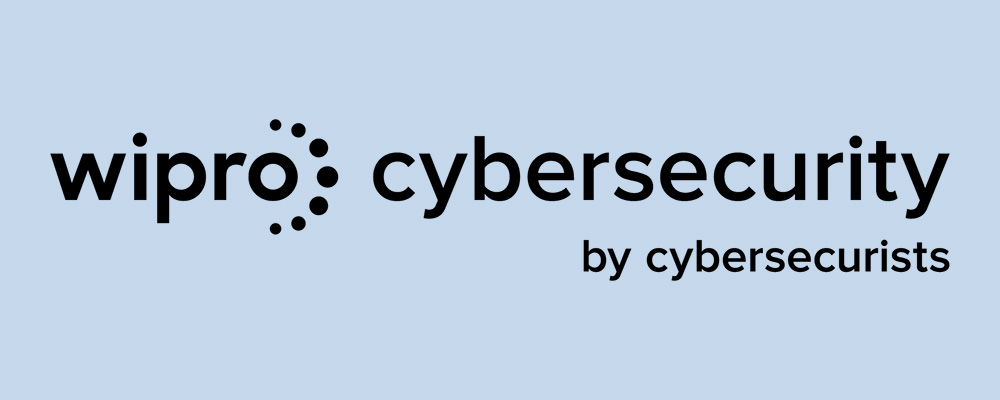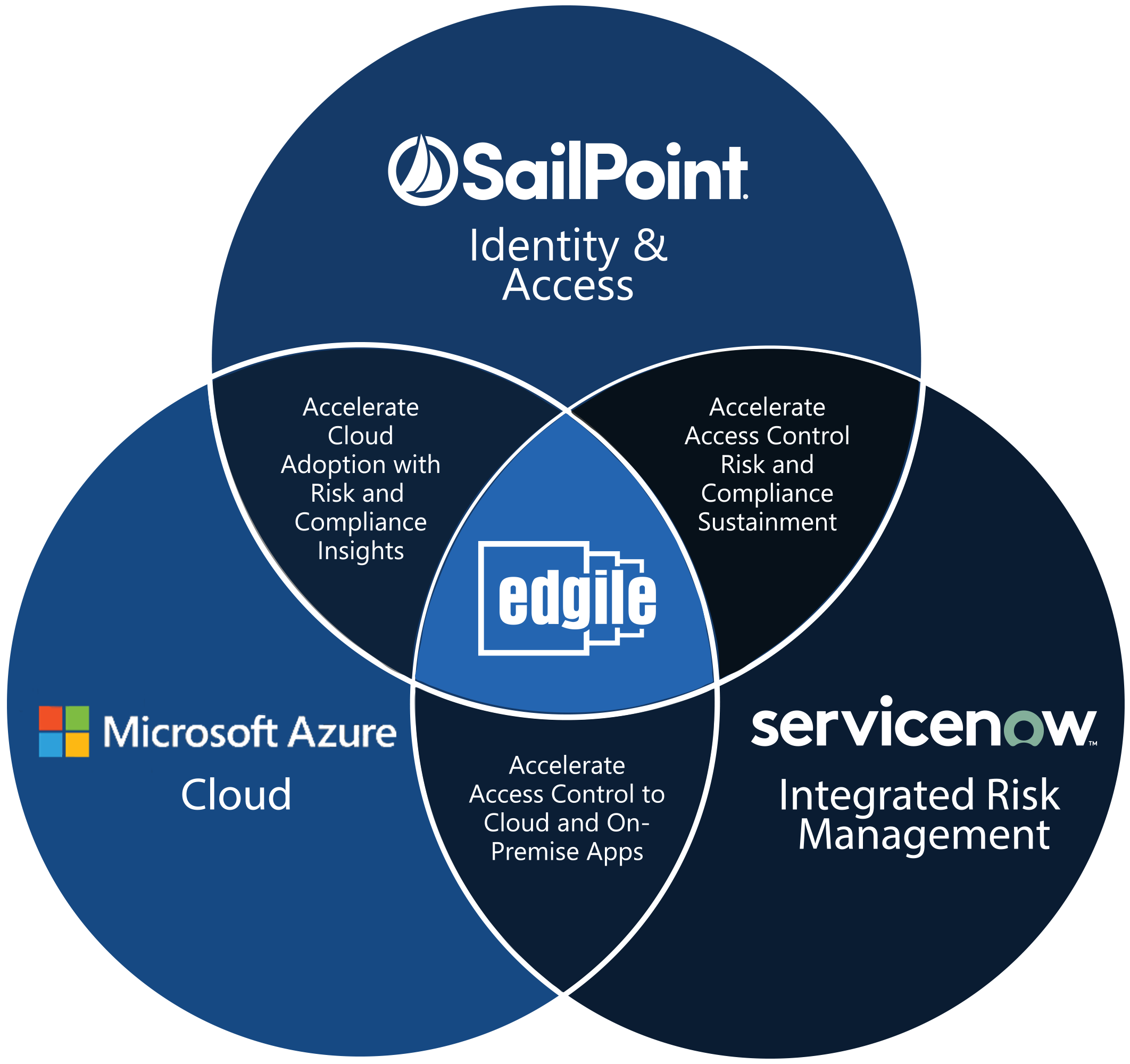By Bob Moore, Managing Director
I attended Microsoft Inspire this month along with 20,000 other partners. And for the first time, 20,000 Microsoft sales people joined the partner community at their Ready Kickoff. As promised by the event name, there was a lot of inspiration in the air.
This year, Microsoft Inspire celebrated the company’s record growth with an emphasis on gaining greater intelligence from data and doing useful and new things with it. Partners are leveraging APIs in Office 365 and Dynamics 365 and their relevant data to create insights and digital assistants and for a second year in a row the challenge to partners was clear: Rethink your business model by shifting your value position and revenue earning engine from what you do to what you know.
Here are my top three takeaways from the event.
Higher value services built on Azure Security
For the past two years, Azure security has been a prime focus at these events. But it was interesting that this year, while security was clearly an important foundation, it wasn’t taking center stage.
Security now acts as the supporting cast but not the star of the show. Microsoft has committed significant investments in creating systems and processes (machine and human) to create a dynamic security solution across their platform and is now moving into something much more interesting—the era of intelligent cloud, intelligent edge. More on this in takeaway number 2 below.
That said, there was one security session I attended that was packed. That was Azure Sphere—Microsoft’s play to secure billions of IoT devices. Born from the Xbox team, this is the capability for Microsoft Processing Units (MCUs) in IoT devices that use certificate based authentication for security to have a Linux-based OS for developers that is constantly monitored and managed by Microsoft’s cloud IoT machine learning and AI.

This is targeted at the hundreds of IoT chip manufacturers. It’s available for free as an install on the chip and is sold as a one-time activation, not as a subscription. Microsoft said they didn’t want customers wondering, ”Mmm, let’s see, do I need security this month?” With the license comes 10 years of Microsoft security management and a platform for vendors to push updates to the devices.
AI, digital assistants, bots and the shift from integration to configuration
There was a call to action for partners to think about the markets they serve and how they can transform them using AI, automation, digital assistants, and bots. This is the realization of intelligent cloud, intelligent edge. It’s about finding innovative ways to discover or create value in data or eliminate inefficiencies. Microsoft is saying to partners, “We’ve given you the tools (Azure Graph APIs, Power Apps, Power BI, Cortana Analytics, Azure Stack), you know the customers and market needs, so go and be creative, look ahead, and build for the future.”
I am drawn to imagine the future and admittedly, this is a long-term view but I believe it’s more than mere speculation. We are in the early majority adoption phase of the Bell Curve of cloud transformation and there are still a large number of systems and processes to be transformed. As cloud transformation moves to late majority over the next decade, the need to connect system A with system B will diminish. Most of that hard work will be pre-configured and will come with the application as SaaS with the platform supporting modern protocols. The need for traditional systems integrators will diminish and a new model will emerge.
So, imagine this: It’s time to upgrade your ERP or EMR system and your vendor says, “All of our new development is in the cloud platform.” Then your SaaS application providers announce support for direct provisioning. No need for group management because Workday has already done it. And finally, Microsoft announces full parity between on-premises AD and Azure AD. New users in Workday are created directly in Azure AD and accounts are provisioned directly in applications. MFA and contextual access controls are enabled automatically by policy. When it’s time for access review and certification, the platform provides much of that support. If it can provision it, it can attest to it. What’s left? There are some legacy apps that just don’t make it to the cloud. But even in those cases, access will be managed by the cloud IAM system. A new digital systems integrator model will emerge, likely blended with Managed Services and value-added services leveraging AI.
The need for traditional sales teams will also diminish. Digital marketing, crowd sourcing, and platform-based strategic acquisitions will reduce the role of the traditional sellers and new model (perhaps very effective sales bots?) will become more prevalent. Is it even fair to try to negotiate with a bot that essentially has “God knowledge” and about you from birth and knows all your tells?
Building partner solutions in their platforms
Microsoft has long stood firm on their strategy as a partner-led organization and this is taking on an even more important role. Microsoft used to rely on the partner network to implement and customize their solutions, now that want partners to build solutions on their platforms and are so committed to this strategy they are building, funding go to market and co-selling solutions that drive this strategy so Microsoft field sellers are not just selling the platform but the partner solution that drives value addressing the real business need of the sector and client. This is so strategic to Microsoft that they are giving their sales teams sales credit for the partner sale even though there is no direct revenue to Microsoft. That’s real commitment to drive success.
It was an awesome session and certainly “Inspiring.” It’s going to be a fantastic year of changes and new concepts. I’m looking forward to making the vision real this year with the entire community.
















